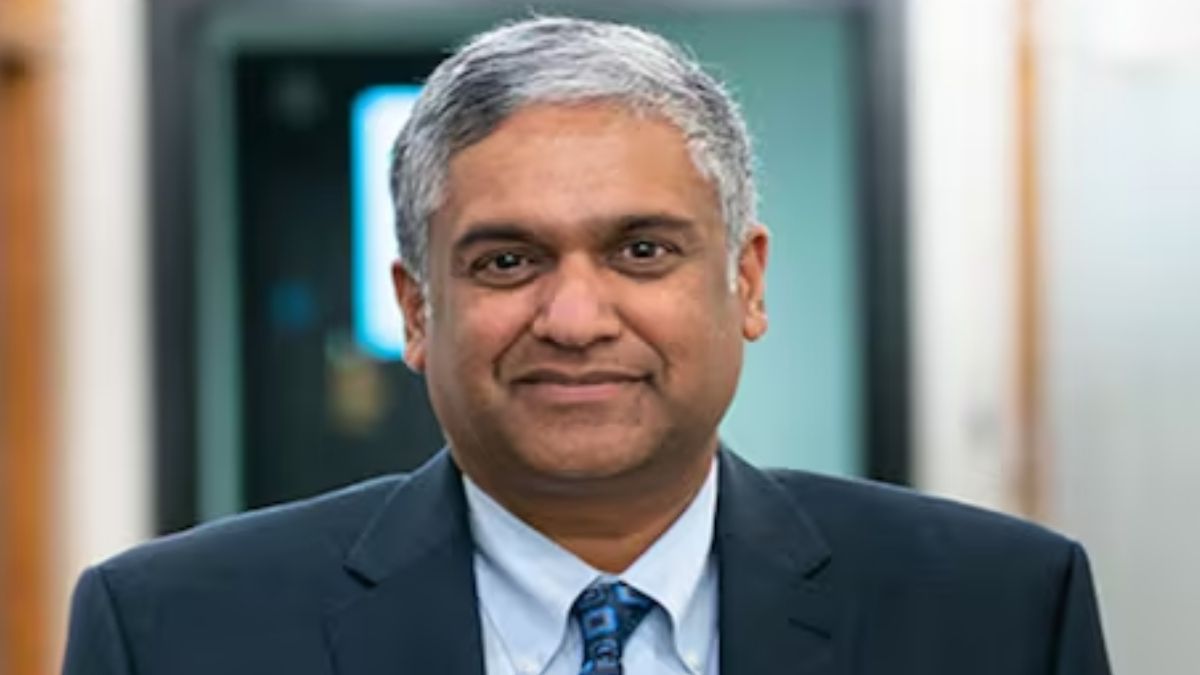The Massachusetts Institute of Technology (MIT) has appointed Professor Anantha Chandrakasan as its next Provost, making him the first Indian-born academician to hold the prestigious position. A pioneer in electrical engineering and computer science, Chandrakasan will take charge on July 1, 2025, succeeding Cynthia Barnhart. In this role, he will guide MIT’s academic affairs, financial planning, and strategic initiatives.
Why in News?
This historic appointment has garnered attention globally as Anantha Chandrakasan, an Indian-American scientist and administrator, will now oversee MIT’s institutional and academic planning as Provost, one of the highest academic leadership roles at the university. His ascension reflects MIT’s commitment to global excellence and diversity in leadership.
Who is Anantha Chandrakasan?
- Born: Chennai, India
- Moved to the U.S.: In teenage years
Education
- B.S. (1989), M.S. (1990), Ph.D. (1994) in Electrical Engineering and Computer Sciences, University of California, Berkeley
- Current Role: Dean, MIT School of Engineering (since 2017)
- Next Role: Provost of MIT from July 1, 2025
Research & Contributions
- Leads the Energy-Efficient Circuits and Systems Group at MIT
Research areas,
- Energy-efficient hardware and circuits
- Ultra-low-power biomedical devices
- Energy harvesting systems
- Wireless charging for Internet of Things (IoT) devices
- Secure hardware design
Academic Initiatives at MIT
- Director, Microsystems Technology Laboratories (MTL)
As Head of EECS (2011)
- SuperUROP – Advanced undergraduate research program
- Rising Stars – For advancing women in academia
- Postdoc6 – Professional development for postdoctoral researchers
- StartMIT – Entrepreneurship boot camp
Honors and Awards
- IEEE Fellow
- Elected to National Academy of Engineering (2015)
- 2009: Semiconductor Industry Association University Researcher Award
- 2013: IEEE Donald O. Pederson Award in Solid-State Circuits
- 2016: Honorary Doctorate, KU Leuven (Belgium)
- 2017: UC Berkeley EE Distinguished Alumni Award
- Record-holder for most published papers at IEEE ISSCC over 60 years
- Conference Chair, IEEE ISSCC since 2010



 Cabinet Nod to Atomic Energy Bill Unlock...
Cabinet Nod to Atomic Energy Bill Unlock...
 Insurance Amendment Bill 2025: Cabinet A...
Insurance Amendment Bill 2025: Cabinet A...
 Government to Rename MGNREGA, Hikes Job ...
Government to Rename MGNREGA, Hikes Job ...







